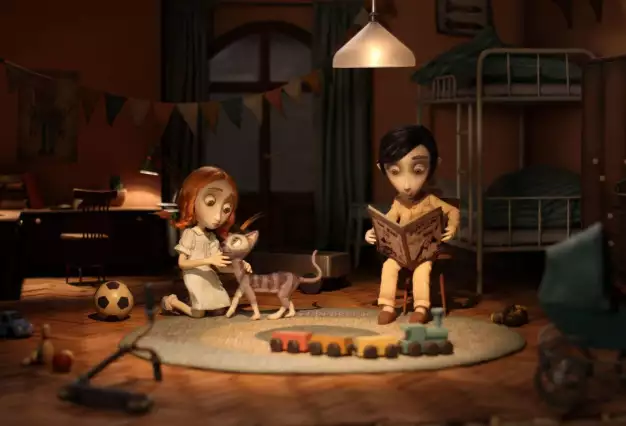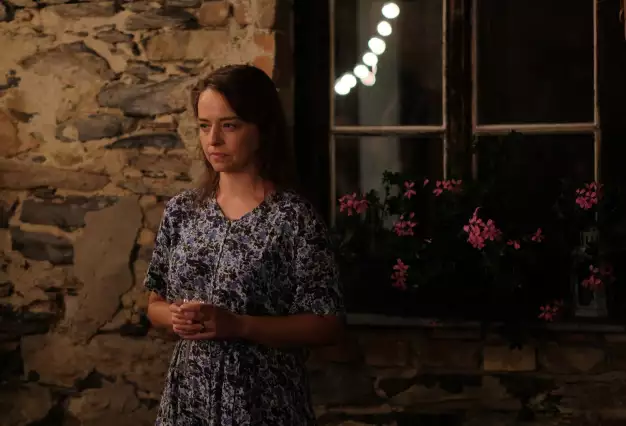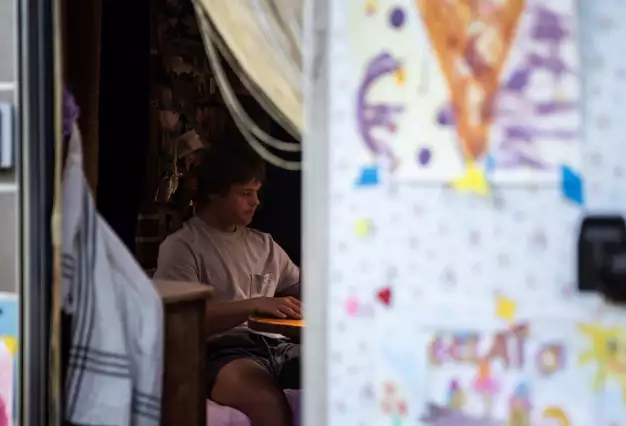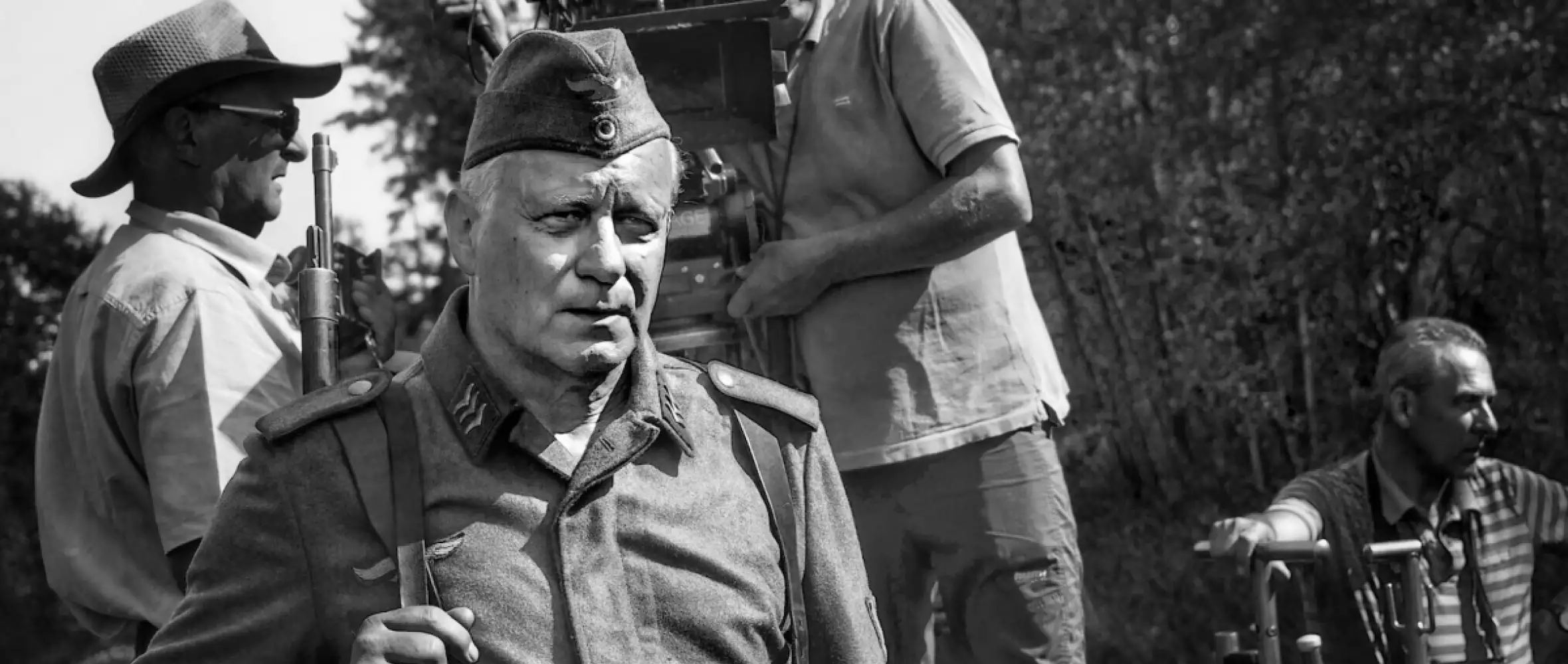
27 March 2018
The First Adaptation of The Painted Bird
The First Adaptation of The Painted Bird

Udo Kier, Harvey Keitel, Stellan Skarsgård, Julian Sands — in the new project from director and producer Václav Marhoul, they’ll all be speaking New Slavic, a language invented for the cinema adaptation of Jerzy Kosinski’s legendary World War II novel The Painted Bird, about a Jewish boy trying to survive on his own amid the brutal landscape of Nazi-occupied Eastern Europe.
Article by Hedvika Petrželková for Czech Film Magazine / Spring 2018
"My film, just like the novel, isn’t about the Holocaust. its message is universal,” says Marhoul. The Painted Bird is his third work as director, and his previous films were also adaptations: Smart Philip (2003) was a parody of film noir, inspired by the Philip Marlowe stories of Raymond Chandler, while his war drama Tobruk (2009) was based on Stephen Crane’s Red Badge of Courage. “I like to read. I love books. When I fall in love with one, I don’t think about anything else. It was only by chance that The Painted Bird fell into my hands,” Marhoul says. “I first read the novel in 2008, and it had such an effect on me that I decided to put all my efforts into obtaining the film rights. In the end, it worked out.”
According to Marhoul, the story isn’t about World War II. “It’s about the otherness of a person. It would have worked just as well if I’d made it a sci-fi with a boy from Venus who landed on Mars. It’s about the story, which is universal — at least from my point of view.” The hero of the book by Jerzy Kosinski (1933–91) is a six-year-old boy in Poland whose parents send him to live with relatives in the countryside during the war, in an attempt to save him from the Nazi Germans’ extermination of the Jews. The boy’s aunt unexpectedly dies, however, and the boy is forced to set off on his own. As he struggles through the wild, hostile world, he is witness to a succession of atrocities. In the end, he survives the war, but his sorrow doesn’t end with it. Kosinski, who emigrated from his native Poland in the 1950s, first published the book in the US in 1965. Today it is controversial partly for its graphic description of brutalities, including sexual violence, and partly because in the 1980s it emerged that the novel was not autobiographical, despite what Kosinski had led readers to believe.
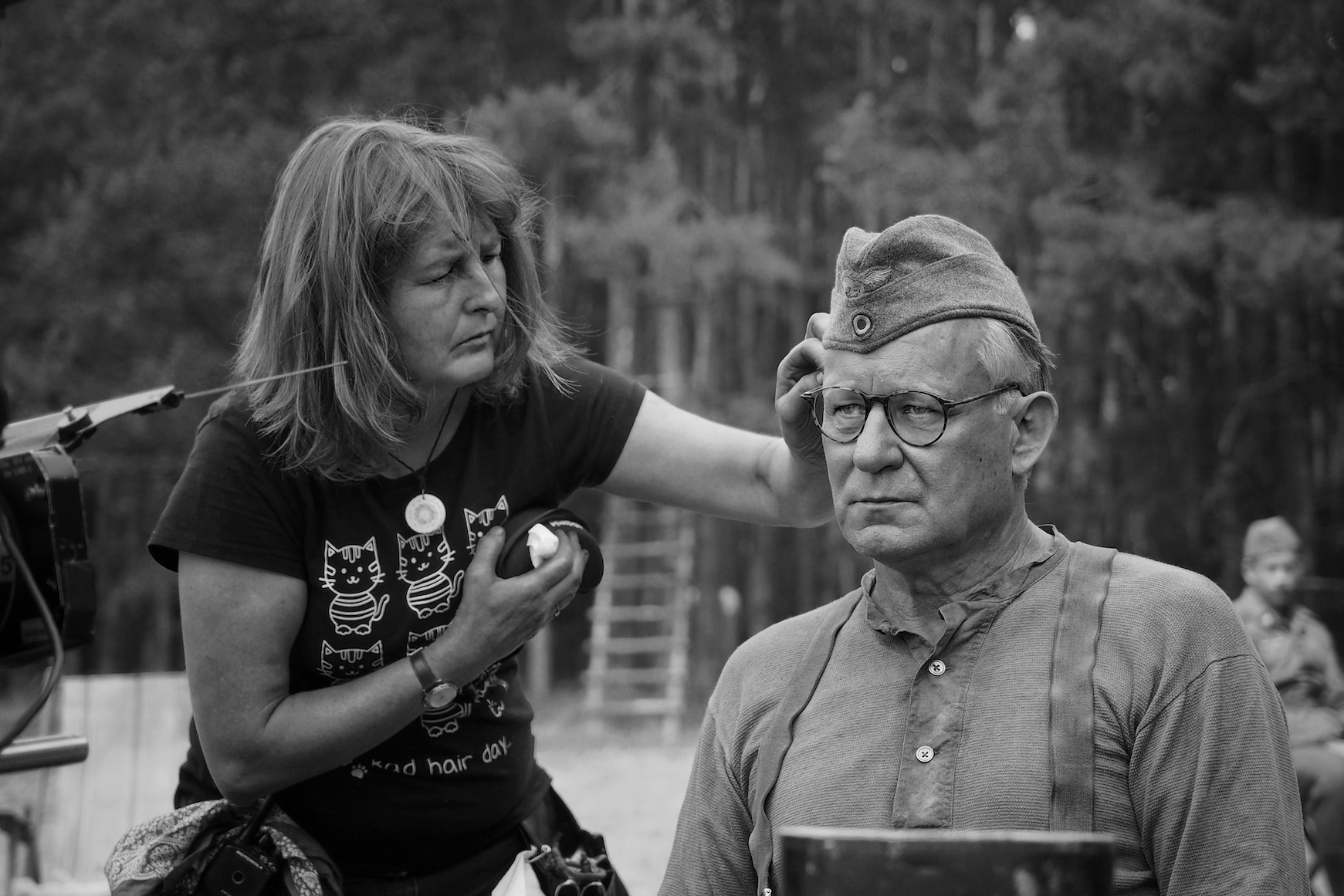
Marhoul was able to enlist an unprecedented number of foreign stars for a Czech film. “I really didn’t believe it would work out,” the director recalls of the moment when he reached out to Harvey Keitel, who agreed to be sent the script. “His take on the role is monumental. I have yet to meet anyone else who could dissect his character in advance like that,” says Marhoul of his experience with the legendary actor. As with Keitel, the script and the part were also decisive for Julian Sands, who plays a distinctly evil role. “Sedlák Garbos is, without a doubt, the most negative character in the film,” says Marhoul.
Also starring are Udo Kier, Stellan Skarsgård, Nina Šunevič, Ala Sakalova, Lech Dyblik, and Jitka Čvančarová. The main child’s role is played by a Czech, Petr Kotlár.
“It’s about the otherness of a person. It would have worked just as well if I’d made it a sci-fi with a boy from Venus who landed on Mars.
It’s about the story, which is universal — at least from my point of view.”
By Czech standards, the film has a relatively large budget, around 150 million crowns (5.4 million euros). It’s an international coproduction, with involvement not only from the Czech Republic, but also Slovakia, Poland, and Ukraine. Marhoul’s company, Silver Screen, is the main producer, with Czech coproducers Czech Television, Eduard Kučera, and Certicon (Vladimír Mařík and Karel Kraus). Foreign coproducers are Igor Savychenko (Directory Films, Ukraine), Zuzana Mistríková (PubRes, Slovakia), Radio and Television of Slovakia, and Stanislaw Dziedzic (Film Produkcja, Poland). The film was supported by the Czech Film Fund, Creative Europe – MEDIA, the Czech Ministry of Culture – OMA, the Ukrainian State Film Agency, and the Slovak Audiovisual Fund.
Coproduction with a Polish Paradox
According to Marhoul, finding coproducers wasn’t all that easy. “Many people, producers, were afraid of our project. To them it was controversial. in the end, everything is about money, and if the producer thinks a project won’t make money, they won’t get on board. I approached exactly thirty French producers, and not a single one was interested. In Germany, I approached fifteen producers, and not a single one was interested.” Finally, he was successful in Ukraine, Poland, and Slovakia.
“I met Igor Savychenko, my Ukrainian coproducer, in Cannes; Stanislaw Dziedzic in Berlin; and Zuzana Mistríkova and I have known each other for years. So I had a base of coproducers, but of course, then there are also plenty of obstacles that come into play along the way, such as the size of your budget, casting actors, and so on,” Marhoul says.
Coproductions are risky, he says, in that grants from individual countries may require you to use professionals from those countries. This can be problematic if the director is accustomed to a team of their own that they’ve been working with for a long time, as is the case with Marhoul. Luckily, with The Painted Bird, it wasn’t an issue, and the director was able to work with his regular crew.
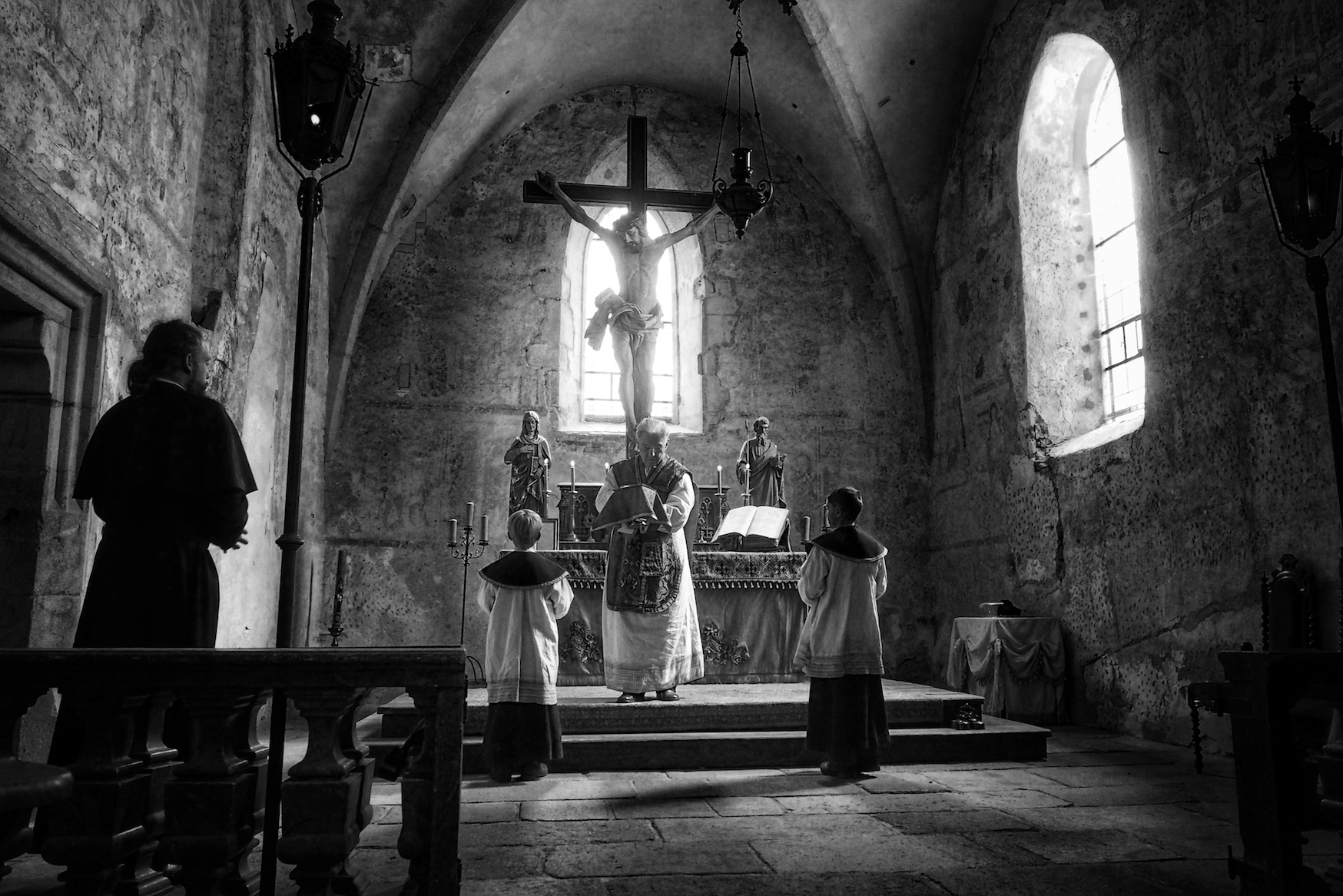
In the Czech Republic, Ukraine, and Slovakia, the project received national film grants, but not in Poland. Marhoul says he wasn’t surprised. “Ever since Law and Justice — a party of orthodox, aggressive Catholics — won the elections in Poland, Kosinski and his book have been public enemy number one. Even though the Polish Film Institute is independent, it is obvious that people in Poland are afraid. After Jarosław Kaczyński carried out the purges in the media and army leadership, it was obvious no one would dare support our film. My Polish producer nearly had a breakdown, but not me. I knew from the beginning we wouldn’t get the support. Even though the story isn’t about the Poles. Kosinski says in the book that the story plays out someplace in Eastern Europe, where the people speak a strange vernacular. Polish isn’t a strange vernacular — it’s the distinct language of 40 million people. This is also why I chose New Slavic, a constructed language specially created for the film by a language expert.”
Original Language
How did all the actors of various nationalities cope with the constructed language? Marhoul explains that first, each actor got the script in their language, so they could grasp the meaning. Then the dialogue was translated into New Slavic, which the actors had to memorize. The film will be shown with subtitles.
“Harvey Keitel and Julian Sands got a sound recording a month in advance, as well as a video where it’s obvious there is completely different lip-syncing, with different lip and mouth movements than if the lines were delivered in their native English,” Marhoul says. “Every prep and filming day, Keitel also had his own language coach, and he practised everything ahead of time with him. But in the entire film, he and Sands together barely speak for ten minutes, so it wasn’t that big an issue.”
“The environment was incredibly bleak, which is exactly what we needed for the film,
but it’s really depressing for a human being.”
For potential producers, however, the language was a problem. “Everyone was pressuring me to shoot the film in English. Even the French. But I didn’t want to. I’m convinced it would have ruined the film. On the one hand, the market is unbelievably flexible, but it’s also conservative. Everyone thinks English will save a bad film. But if a film is bad, even English won’t help it. And the reverse is also true: a really good film doesn’t need English,” Marhoul says. As examples, he points to Son of Saul, from Hungary, and Ida, the Polish film.
As far as the screenplay goes, Marhoul wrote it himself, though he collaborated with renowned editors. “In total, I had eight: five Czechs and three Americans,” says Marhoul. He connected with a dramaturg in the US through a scriptwriting workshop he did in Cannes, where his screenplay won first prize. “It was a great experience,” says Marhoul. “The whole thing happened over eight months. I was in constant contact with the dramaturgs while we worked on the script.”
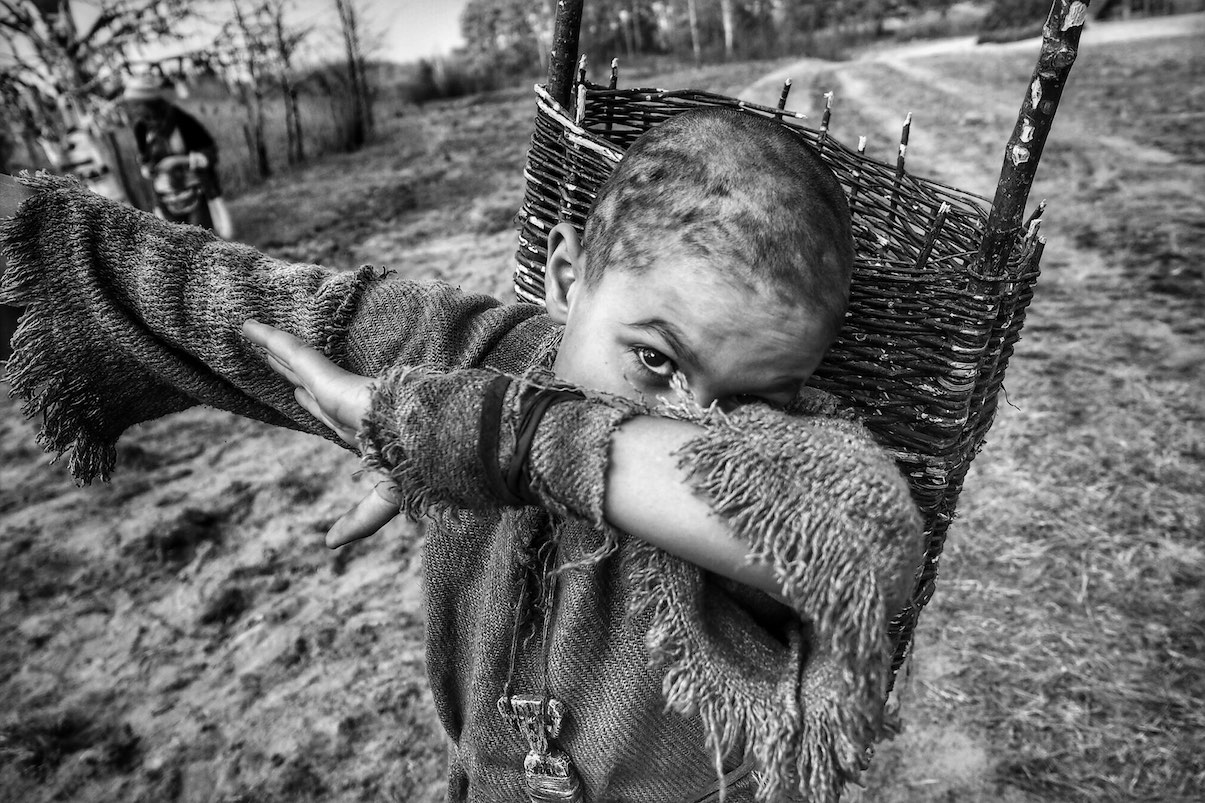
The film wasn’t shot on digital but on classic 35mm film. “We experimented with different materials, but in the end, negative won. There’s a kind of indefinable magic to it. It just has something extra, some sort of added value,” says Marhoul.
Filming will continue into spring 2018. So far, the most difficult part has been shooting in Ukraine. “The atmosphere really weighed on me,” says the director. “The environment was incredibly bleak, which is exactly what we needed for the film, but it’s really depressing for a human being. I also had the feeling I was treading on the dead. If you get to know a bit of the history of Ukraine, how many famines and wars they’ve been through — millions of people died there, it’s just awful. I felt like I had literally gone to the end of the world.”


